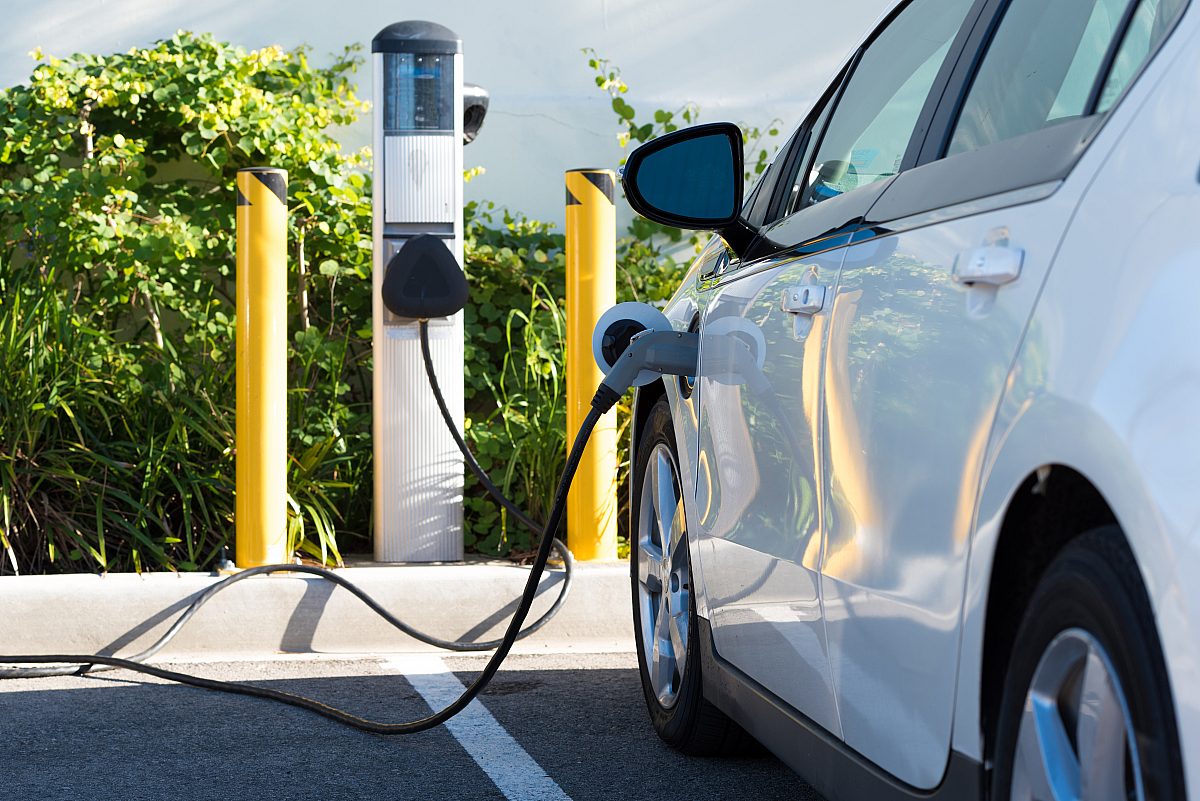
Read below a round-up of this week’s EV news.
MARKET NEWS
- Electric vehicles have overtaken phones as the top source of cobalt demand, consuming 59,000 tonnes and 26,000 tonnes respectively. Link
- China electric vehicle subsidies are likely to boost both foreign and local manufacturers. Link
- Tesla will expand its charging network to non-Tesla EV owners at 15 sites (158 chargers) across the UK as a pilot scheme to “accelerate the world’s transition to sustainable energy”. Link
- New EV hub offering Scotland’s largest array of ultra-rapid chargers has opened in South Lanarkshire. Link
- NEC Birmingham & The EV Network are set to deliver one of Europe’s largest EV charging hubs in the West Midlands Link
- EV firm Arrival is running low on cash. The start-up has been hit by the sell-off in tech stocks currently affecting the US market and has seen the value of its shares fall by 90% since it listed last May. Link
- Uber has announced a new EV hub, EV charging map and Comfort Electric as it starts to achieve its goal of putting 50,000 EVs on the road by 2023. Link
- EV charging operator, Power Dot, raises €150m to triple its network of charging points in France Link
RELEVANT ARTICLES
Energy Saving Trust - How can we ensure the switch to electric vehicles is fair for everyone? Link
EVs are quickly becoming the new norm, with 66% of motorists intending to switch in the coming years. However, a potentially problematic area is whether disabled people are being considered properly during this transition as they are disproportionately impacted to both access to getting an EV and using an EV. This is due to lack of specialist modifications and larger-sized affordable multi-purpose EVs. There is also the issue of a lack of and inaccessible changepoints which would directly impact the ability for disabled people to make journeys. The challenge will be to create affordable EVs with the necessary infrastructure in the same time scale.
The Express – Are EVs as green as we think? The hidden environmental cost of electric vehicles Link
The government is banning the sale of any cars that aren’t battery powered by 2030. While hybrids and EVs produce low to no emissions there are other factors that determine how much pollution they generate. These include where the local power grid gets its electricity, what time of day the EV is charged, the surrounding climate, the battery manufacturing process and driving patterns. These many different elements of producing and running an EV have a huge environmental cost which is more damaging than many think.
Financial Times – China electric vehicles: fresh grants would provide a welcome recharge Link
Since 2009 the Chinese government has heavily subsidised the EV space, total subsidies now in excess of $15billion, to speed up price convergence with traditional cars. This has allowed China to become the world’s largest EV market, attributing to half of global sales in 2021. The average subsidy of $9,000 per car was due to be phased out this year but with car prices soaring and continuing covid restrictions it’s likely these handouts will continue as the implications are far broader than cheaper electric cars. Anything to boost China’s slowing local economy and maintain employment levels is very welcome.
STATISTIC OF THE WEEK
A chart showing the amount of charging devices available across the UK. Link

